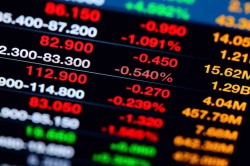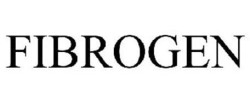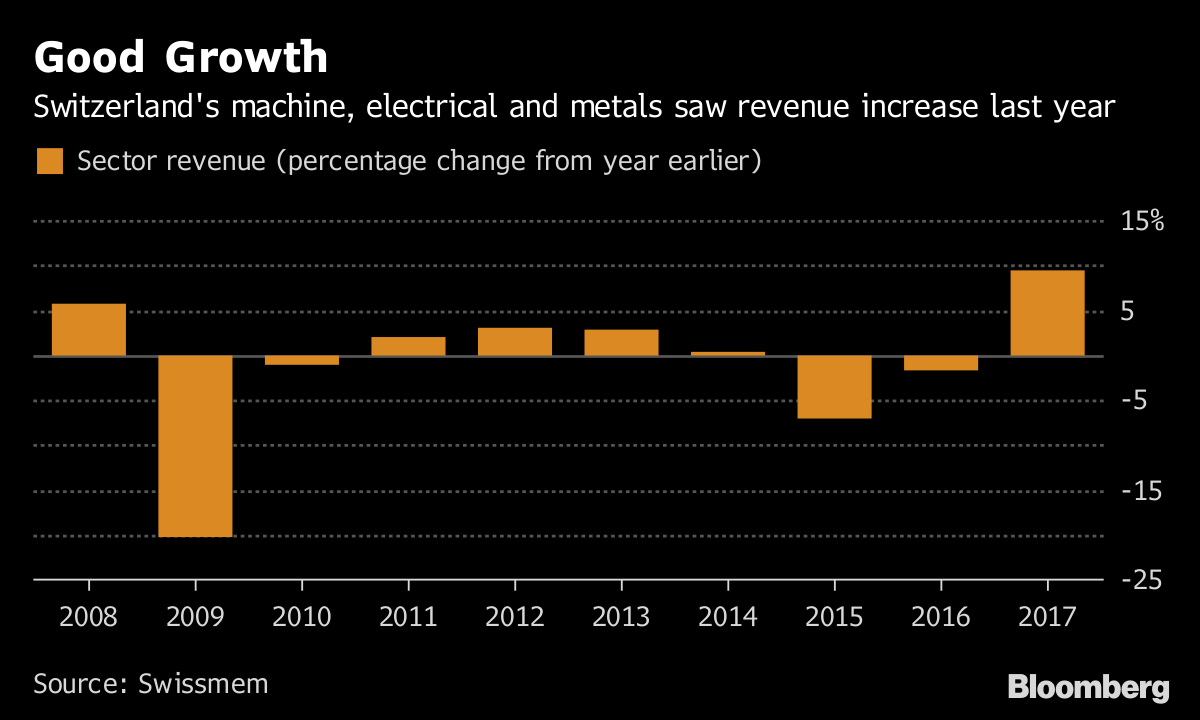To promote the launch of the company, startup Kindbody drew their blood for an anti-mullerian hormone test, which does not predict overall fertility but can be a useful measure for the outcome of IVF and egg freezing. Kindbody offered to send the test results via a secure email seven days later.
The new women's wellness startup provides follow-up consultations and offers treatments such as vitro fertilization, known as IVF, and egg freezing, at its midtown Manhattan brick-and-mortar location.
The women, who ranged in age from 20 to 55, climbed into the Kindbody van to learn more about their options for conceiving.
"I've thought about egg freezing, but I've never looked into it," said Kenya Noel, a real estate-agent who decided to visit the van as she walked by.
In her late 30s, Noel -- who has a 15-year-old son -- said she's curious to see what her odds are for having another child in the future.
Another woman, who asked to remain anonymous, said she and her husband have started to discuss family planning.
"With fertility, it seems like people wait to see if there's a problem [conceiving]," the 29-year-old told CNNMoney.
The idea of taking a test was intriguing, she said, because even if she's able to conceive naturally for a first child, she may need to think ahead about a second or third.
However, experts caution anti-mullerian hormone (AMH) tests aren't a good predictor of a woman's fertility.
"It really has little implication for most women," said Dr. Anne Steiner of Duke Fertility Center, noting it tests for egg count and does not predict how easy or hard it is to get pregnant. She added that testing for it, without cause, may cause unnecessary stress and anxiety about fertility.
Steiner's research, published last year, found biomarkers, such as the anti-mullerian hormone thought to be associated with diminished ovarian reserve, were not directly related to reduced fertility.
Joanne Schneider, Kindbody's head of product, said the vision behind the van is to make it easier and less intimidating for women to start the conversation about fertility.
"We've been intentionally clear that this is not some binary 'Are you fertile? Yes or no' test," she said. "Your 'fertility' is based on many factors that never land at a yes or no answer."
 KindBody ran an Instagram campaign to spread awareness of the one day pop-up truck.
KindBody ran an Instagram campaign to spread awareness of the one day pop-up truck. Outside the van, founder Gina Bartasi greeted women. Known in the fertility space, Bartasi previously founded a company called FertilityAuthority in 2009 to help educate women having trouble conceiving. It ultimately merged with life sciences firm Auxogyn, and was renamed Progyny, where she served as CEO until she left over one year ago.
In 2014, FertilityAuthority spawned parent company Eggbanxx, a fertility clinic network, known for hosting "egg freezing parties" with booze for women to learn more about the process. Eggbanxx helped to break the stigma around egg freezing -- something Bartasi said has come along way.
Bartasi plans to eventually roll out a greater range of health services, including mental health and gynecological services. Dr. Fahimen Sasan, an obstetrician-gynecologist affiliated with Mt. Sinai, is the startup's first clinical hire.
The company plans to start accepting insurance starting next year.
"The stigma is gone -- we're not chasing women anymore," said Bartasi. "The biggest thing is to raise awareness about diminishing ovarian reserve. No two women are the same."
Dr. Christos Coutifaris, chief of the reproductive endocrinology and infertility division at University of Pennsylvania's Perelman School of Medicine, said not every woman needs to get their AMH tested. Although he's generally supportive of increased access to fertility services, he said tests that may not be appropriately predictive of fertility could add costs to the healthcare system for women who may not actually need or want egg freezing or IVF.
Egg freezing can cost $12,000 to $20,000 for a single round of treatment, which doesn't always produce enough eggs. That's in addition to what women may later pay for IVF, which costs between $10,000 and $15,000 for one round.
 Inside the KindBody van
Inside the KindBody van
Women who have taken proactive fertility measures report mixed feedback on their decision to do so. According to a recent study conducted between 2012 to 2016 by researchers at UC San Francisco, one in six women who proactively froze their eggs for non-medical reasons became regretful after undergoing the process for various reasons, such as lack of emotional support or not having a lot of eggs retrieved.
"Although this study doesn't reveal all the reasons behind regret, this is a critical finding, and we have followup studies underway to better understand what women are going through," study co-author Dr. Eleni Greenwood, an obstetrician-gynecologist at UCSF said in a statement. "What is clear is that egg freezing is more than just your standard insurance transaction for many women."
Kindbody has attracted attention from investors and already raised several millions of dollars in seed funding, according to Bartasi. "We're leaning into the women's movement and putting the women back in women's healthcare," she said.
Its main competitors -- Sprint Fertility and Prelude Fertility -- are both founded by men. (Prelude Fertility is now run by a female CEO). Halle Tecco, an active startup investor and cofounder of health tech fund Rock Health, is an investor in Kindbody. "Our needs are currently unaddressed by the healthcare establishment," said Tecco, who has been vocal about her own fertility struggles.
Kindbody's van is gearing up for a tour. It will visit the Hamptons in New York on Sunday and San Francisco in the coming weeks.

 Surge Components (OTCMKTS:SPRS) posted its quarterly earnings results on Monday. The company reported $0.03 earnings per share for the quarter, Bloomberg Earnings reports. The company had revenue of $7.26 million during the quarter. Surge Components had a net margin of 3.28% and a return on equity of 22.13%.
Surge Components (OTCMKTS:SPRS) posted its quarterly earnings results on Monday. The company reported $0.03 earnings per share for the quarter, Bloomberg Earnings reports. The company had revenue of $7.26 million during the quarter. Surge Components had a net margin of 3.28% and a return on equity of 22.13%.  24/7 Wall St.
24/7 Wall St. 24/7 Wall St.
24/7 Wall St. Odonate Therapeutics (NASDAQ:ODT) was downgraded by Zacks Investment Research from a “buy” rating to a “hold” rating in a note issued to investors on Thursday.
Odonate Therapeutics (NASDAQ:ODT) was downgraded by Zacks Investment Research from a “buy” rating to a “hold” rating in a note issued to investors on Thursday.  Verde Servicos Internacionais S.A. reduced its holdings in shares of FibroGen Inc (NASDAQ:FGEN) by 12.8% in the second quarter, according to its most recent filing with the SEC. The fund owned 8,922 shares of the biopharmaceutical company’s stock after selling 1,315 shares during the period. Verde Servicos Internacionais S.A.’s holdings in FibroGen were worth $558,000 at the end of the most recent quarter.
Verde Servicos Internacionais S.A. reduced its holdings in shares of FibroGen Inc (NASDAQ:FGEN) by 12.8% in the second quarter, according to its most recent filing with the SEC. The fund owned 8,922 shares of the biopharmaceutical company’s stock after selling 1,315 shares during the period. Verde Servicos Internacionais S.A.’s holdings in FibroGen were worth $558,000 at the end of the most recent quarter.  Xplore Technologies Corp. develops, integrates, and markets rugged mobile personal computer systems in the United States, Canada, and internationally. The company's products enable the extension of traditional computing systems to a range of field personnel, including energy pipeline inspectors, public safety personnel, warehouse workers, and pharmaceutical scientists. It offers a line of iX104 tablet PCs that are designed to operate in various work environments, such as extreme temperatures, constant vibrations, rain, and blowing dirt and dusty conditions; and are fitted with a range of performance matched accessories comprising multiple docking station solutions, wireless connectivity alternatives, global positioning system modules, and biometric and smartcard modules, as well as traditional peripherals, such as keyboards, mice, and cases. The company's products also consist of XSlate B10 and XSlate D10 rugged tablets; XSLATE R12 and Motion F5m/C5m tablets; and Bobcat, a rugged tablet that has a Windows operating system. It serves public safety, utility, telecommunications, field service, warehousing logistics, transportation, oil and gas production, manufacturing, route delivery, military, and homeland security markets. The company was founded in 1998 and is headquartered in Austin, Texas.
Xplore Technologies Corp. develops, integrates, and markets rugged mobile personal computer systems in the United States, Canada, and internationally. The company's products enable the extension of traditional computing systems to a range of field personnel, including energy pipeline inspectors, public safety personnel, warehouse workers, and pharmaceutical scientists. It offers a line of iX104 tablet PCs that are designed to operate in various work environments, such as extreme temperatures, constant vibrations, rain, and blowing dirt and dusty conditions; and are fitted with a range of performance matched accessories comprising multiple docking station solutions, wireless connectivity alternatives, global positioning system modules, and biometric and smartcard modules, as well as traditional peripherals, such as keyboards, mice, and cases. The company's products also consist of XSlate B10 and XSlate D10 rugged tablets; XSLATE R12 and Motion F5m/C5m tablets; and Bobcat, a rugged tablet that has a Windows operating system. It serves public safety, utility, telecommunications, field service, warehousing logistics, transportation, oil and gas production, manufacturing, route delivery, military, and homeland security markets. The company was founded in 1998 and is headquartered in Austin, Texas. Echelon Corporation develops, markets, and sells embedded components, modules, edge servers, and software. The company offers chips, gateways, and design and management software to original equipment manufacturers under the LONWORKS and IzoT brands. It also provides a range of control networking solutions under the LumInsight and Lumewave by Echelon brands that consist of wired and wireless control nodes; smart gateways for interconnecting the control nodes; and a software-based Central Management System, which is used for startup, commissioning, management, and monitoring of the lighting network. The company markets its products in the Americas, Europe, the Middle East, Africa, and the Asia Pacific/Japan through direct sales organization, third-party electronics representatives, value-added resellers, and distributors. Echelon Corporation was founded in 1988 and is headquartered in Santa Clara, California.
Echelon Corporation develops, markets, and sells embedded components, modules, edge servers, and software. The company offers chips, gateways, and design and management software to original equipment manufacturers under the LONWORKS and IzoT brands. It also provides a range of control networking solutions under the LumInsight and Lumewave by Echelon brands that consist of wired and wireless control nodes; smart gateways for interconnecting the control nodes; and a software-based Central Management System, which is used for startup, commissioning, management, and monitoring of the lighting network. The company markets its products in the Americas, Europe, the Middle East, Africa, and the Asia Pacific/Japan through direct sales organization, third-party electronics representatives, value-added resellers, and distributors. Echelon Corporation was founded in 1988 and is headquartered in Santa Clara, California. Wall Street analysts forecast that Gilead Sciences, Inc. (NASDAQ:GILD) will report $5.15 billion in sales for the current fiscal quarter, Zacks reports. Seven analysts have issued estimates for Gilead Sciences’ earnings, with the highest sales estimate coming in at $5.22 billion and the lowest estimate coming in at $5.06 billion. Gilead Sciences reported sales of $7.14 billion in the same quarter last year, which indicates a negative year-over-year growth rate of 27.9%. The business is expected to issue its next quarterly earnings results on Wednesday, July 25th.
Wall Street analysts forecast that Gilead Sciences, Inc. (NASDAQ:GILD) will report $5.15 billion in sales for the current fiscal quarter, Zacks reports. Seven analysts have issued estimates for Gilead Sciences’ earnings, with the highest sales estimate coming in at $5.22 billion and the lowest estimate coming in at $5.06 billion. Gilead Sciences reported sales of $7.14 billion in the same quarter last year, which indicates a negative year-over-year growth rate of 27.9%. The business is expected to issue its next quarterly earnings results on Wednesday, July 25th. Nautilus (NYSE:NLS) was upgraded by equities research analysts at ValuEngine from a “sell” rating to a “hold” rating in a research note issued on Monday.
Nautilus (NYSE:NLS) was upgraded by equities research analysts at ValuEngine from a “sell” rating to a “hold” rating in a research note issued on Monday.


 Gevo, Inc. (NASDAQ:GEVO) reached a new 52-week high and low on Friday . The company traded as low as $0.22 and last traded at $0.23, with a volume of 20863 shares changing hands. The stock had previously closed at $0.27.
Gevo, Inc. (NASDAQ:GEVO) reached a new 52-week high and low on Friday . The company traded as low as $0.22 and last traded at $0.23, with a volume of 20863 shares changing hands. The stock had previously closed at $0.27. Virginia Retirement Systems ET AL acquired a new position in Olin Co. (NYSE:OLN) in the 1st quarter, HoldingsChannel reports. The firm acquired 11,800 shares of the specialty chemicals company’s stock, valued at approximately $359,000.
Virginia Retirement Systems ET AL acquired a new position in Olin Co. (NYSE:OLN) in the 1st quarter, HoldingsChannel reports. The firm acquired 11,800 shares of the specialty chemicals company’s stock, valued at approximately $359,000.